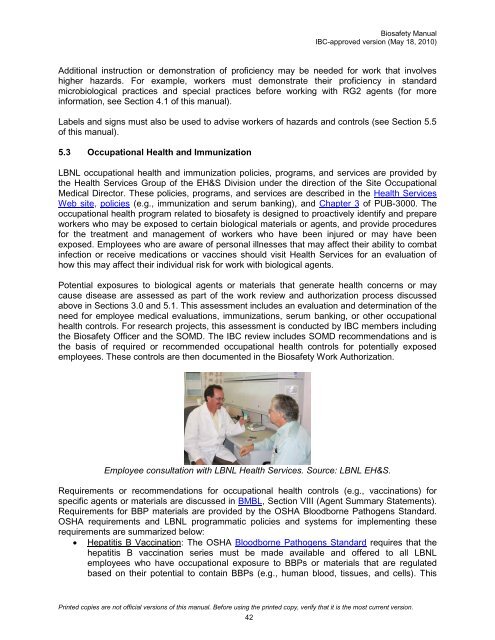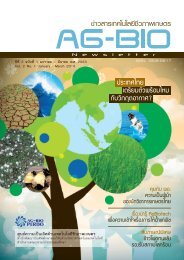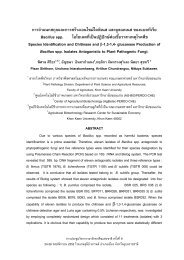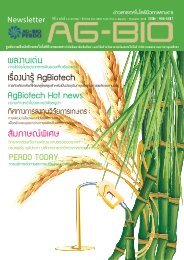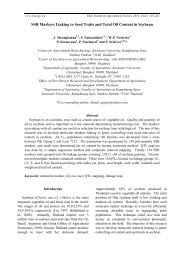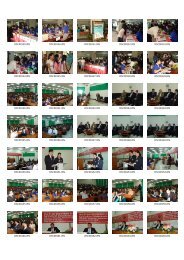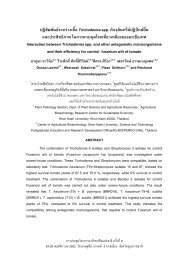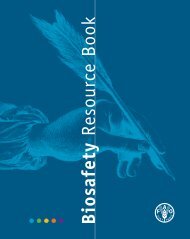Biosafety Manual PDF - Lawrence Berkeley National Laboratory
Biosafety Manual PDF - Lawrence Berkeley National Laboratory
Biosafety Manual PDF - Lawrence Berkeley National Laboratory
You also want an ePaper? Increase the reach of your titles
YUMPU automatically turns print PDFs into web optimized ePapers that Google loves.
<strong>Biosafety</strong> <strong>Manual</strong><br />
IBC-approved version (May 18, 2010)<br />
Additional instruction or demonstration of proficiency may be needed for work that involves<br />
higher hazards. For example, workers must demonstrate their proficiency in standard<br />
microbiological practices and special practices before working with RG2 agents (for more<br />
information, see Section 4.1 of this manual).<br />
Labels and signs must also be used to advise workers of hazards and controls (see Section 5.5<br />
of this manual).<br />
5.3 Occupational Health and Immunization<br />
LBNL occupational health and immunization policies, programs, and services are provided by<br />
the Health Services Group of the EH&S Division under the direction of the Site Occupational<br />
Medical Director. These policies, programs, and services are described in the Health Services<br />
Web site, policies (e.g., immunization and serum banking), and Chapter 3 of PUB-3000. The<br />
occupational health program related to biosafety is designed to proactively identify and prepare<br />
workers who may be exposed to certain biological materials or agents, and provide procedures<br />
for the treatment and management of workers who have been injured or may have been<br />
exposed. Employees who are aware of personal illnesses that may affect their ability to combat<br />
infection or receive medications or vaccines should visit Health Services for an evaluation of<br />
how this may affect their individual risk for work with biological agents.<br />
Potential exposures to biological agents or materials that generate health concerns or may<br />
cause disease are assessed as part of the work review and authorization process discussed<br />
above in Sections 3.0 and 5.1. This assessment includes an evaluation and determination of the<br />
need for employee medical evaluations, immunizations, serum banking, or other occupational<br />
health controls. For research projects, this assessment is conducted by IBC members including<br />
the <strong>Biosafety</strong> Officer and the SOMD. The IBC review includes SOMD recommendations and is<br />
the basis of required or recommended occupational health controls for potentially exposed<br />
employees. These controls are then documented in the <strong>Biosafety</strong> Work Authorization.<br />
Employee consultation with LBNL Health Services. Source: LBNL EH&S.<br />
Requirements or recommendations for occupational health controls (e.g., vaccinations) for<br />
specific agents or materials are discussed in BMBL, Section VIII (Agent Summary Statements).<br />
Requirements for BBP materials are provided by the OSHA Bloodborne Pathogens Standard.<br />
OSHA requirements and LBNL programmatic policies and systems for implementing these<br />
requirements are summarized below:<br />
• Hepatitis B Vaccination: The OSHA Bloodborne Pathogens Standard requires that the<br />
hepatitis B vaccination series must be made available and offered to all LBNL<br />
employees who have occupational exposure to BBPs or materials that are regulated<br />
based on their potential to contain BBPs (e.g., human blood, tissues, and cells). This<br />
Printed copies are not official versions of this manual. Before using the printed copy, verify that it is the most current version.<br />
42


